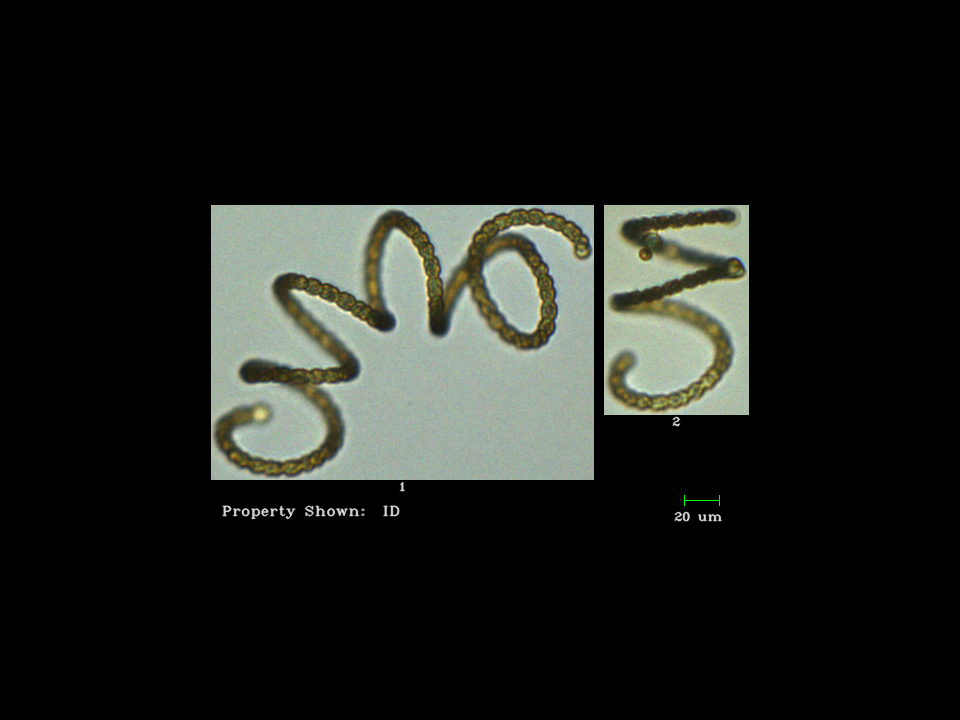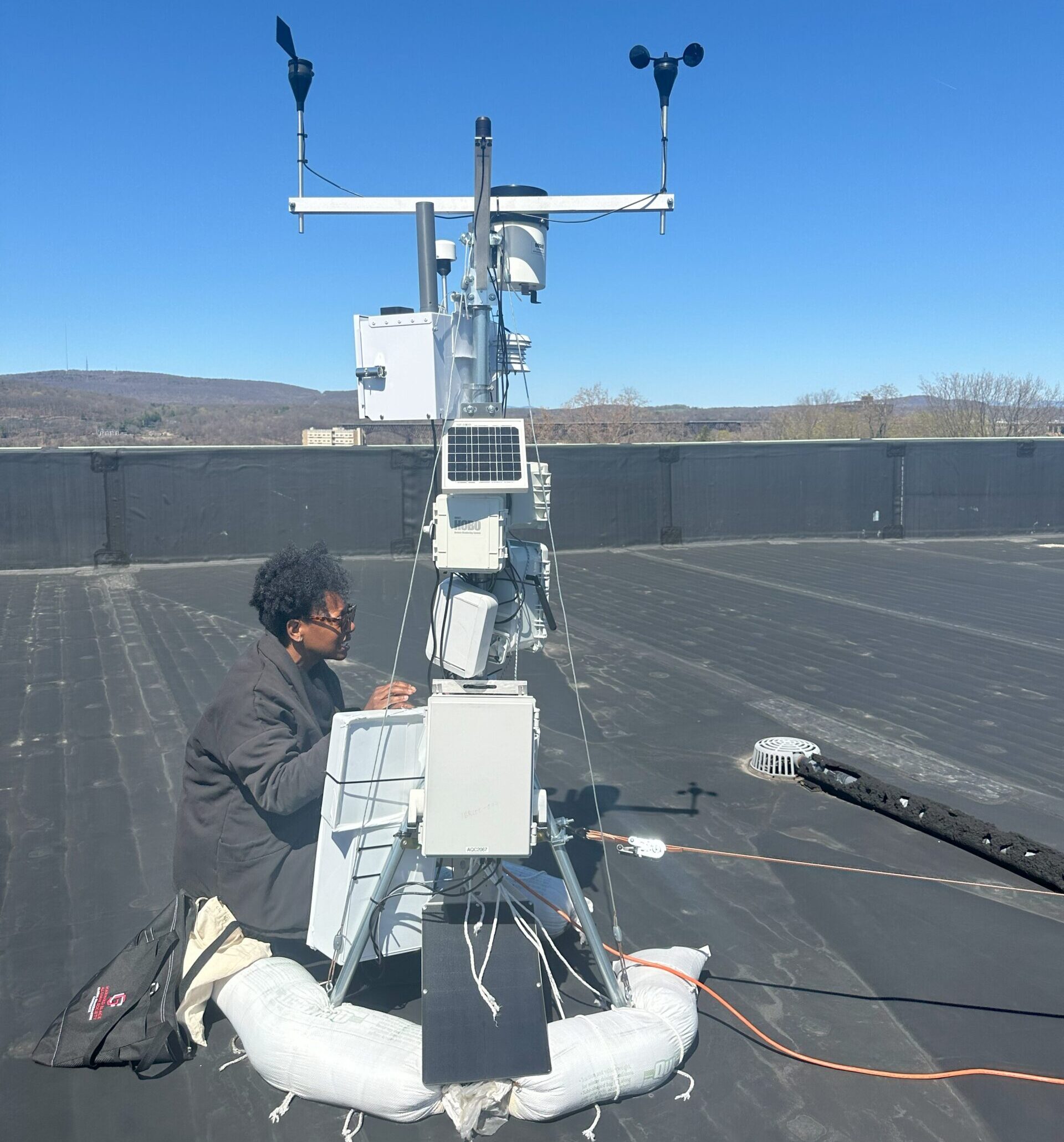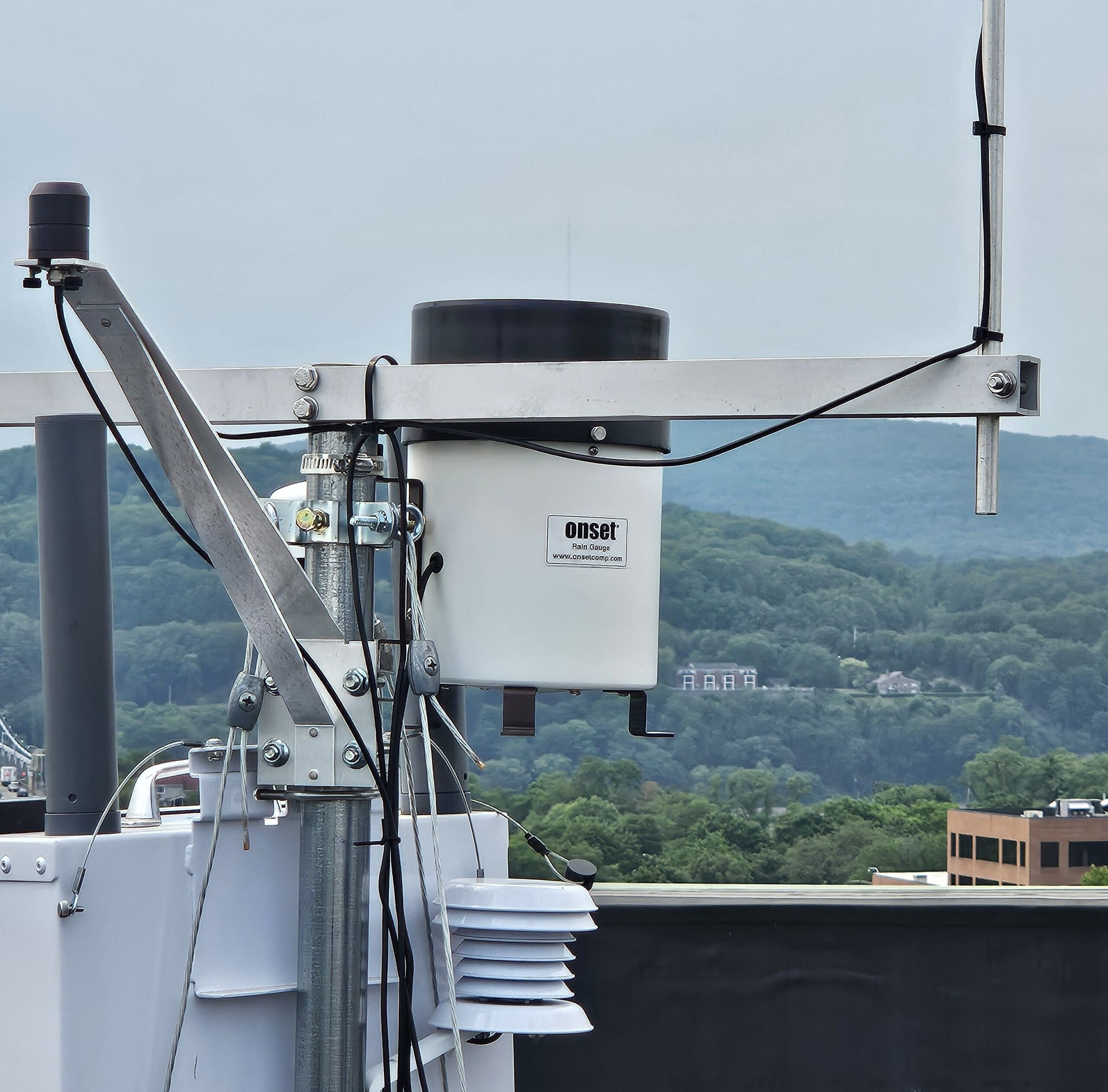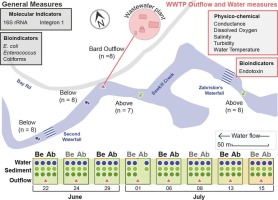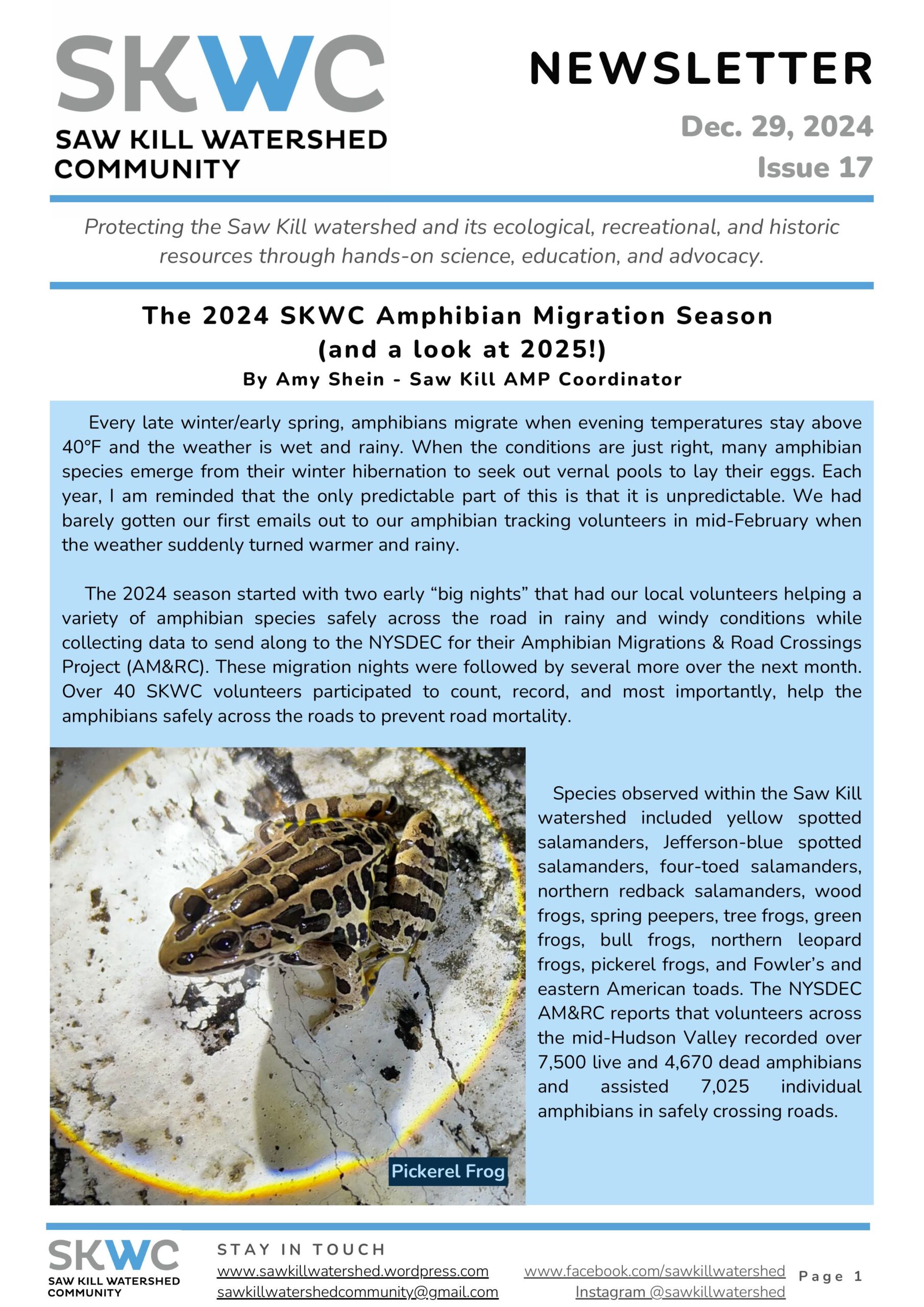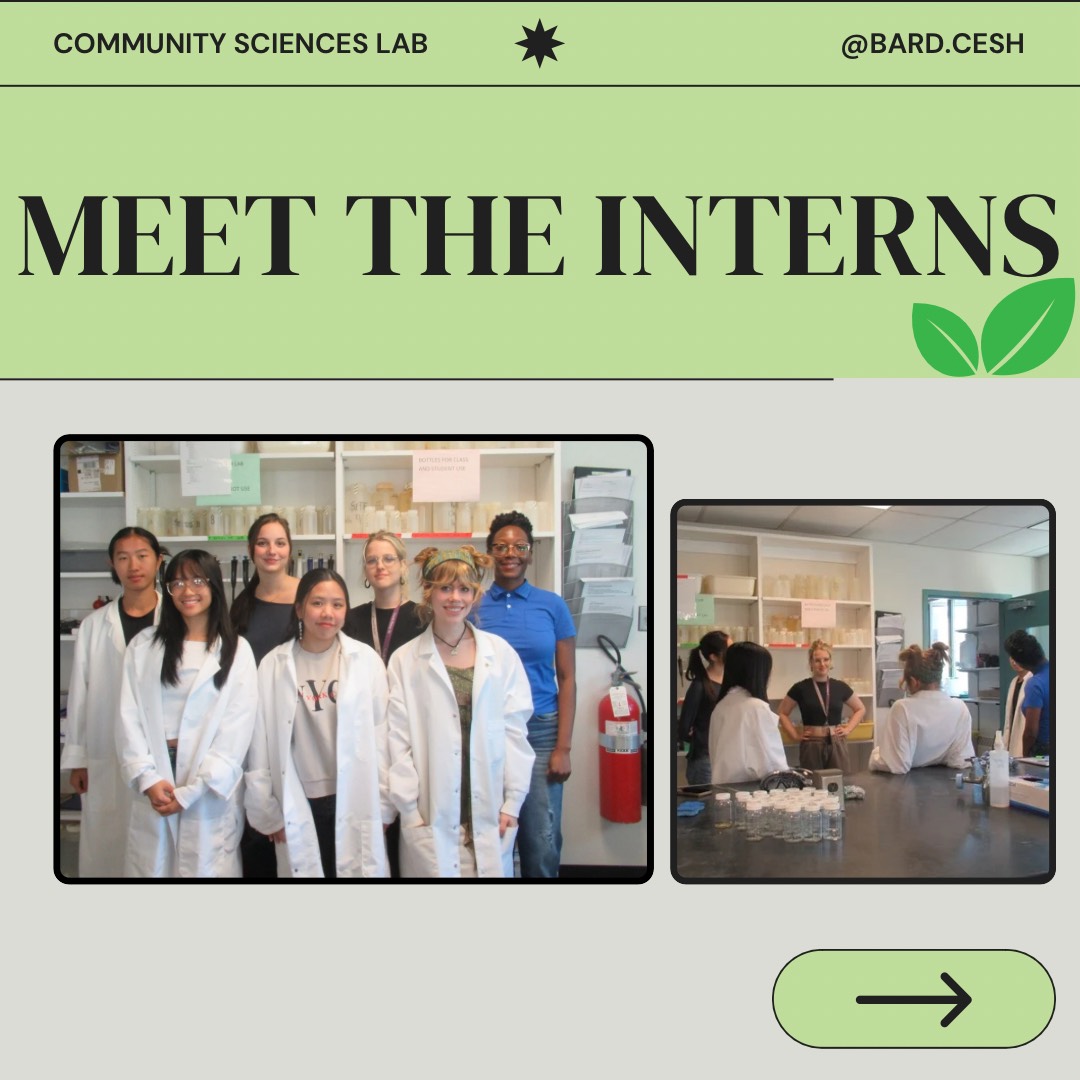Climate change (temperature increases) and human activity (eutrophication) promote the growth of cyanobacteria, leading to the development of what are known as Harmful Algal Blooms (HABs). HABs in freshwater systems are generally caused by cyanobacteria. Cyanobacteria (also known as blue-green algae) produce toxins, known as cyanotoxins, detrimental to human and ecosystem health. Effects from these cyanotoxins range from discoloration of the water and bad tastes, to more extreme and dangerous health risks including the release of neurotoxins.
The cyanobacteria seen here was collected during a bloom event at Orange Lake located in Newburgh, NY. These cyanobacteria fall into the class Anamaeba. When the Community Sciences Lab (CSL) ran samples on our FlowCam (@flowcamlabs) we saw hundreds of images of these large, coiled bacteria and were immediately intrigued.
The diligent work of Bill Fetter, a member of the Quassaick Creek Watershed Alliance, allowed us to be able to capture this imagery and collect data to further understand the cause of this particular algal bloom.
We are glad to be able support community monitoring efforts like this!
Flowcam images of a spiral Anamaeba cyanobacteria collected during a bloom event at Orange Lake located in Newburgh, NY. Bard College Center for Environmental Science and Humanities.

